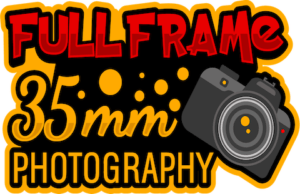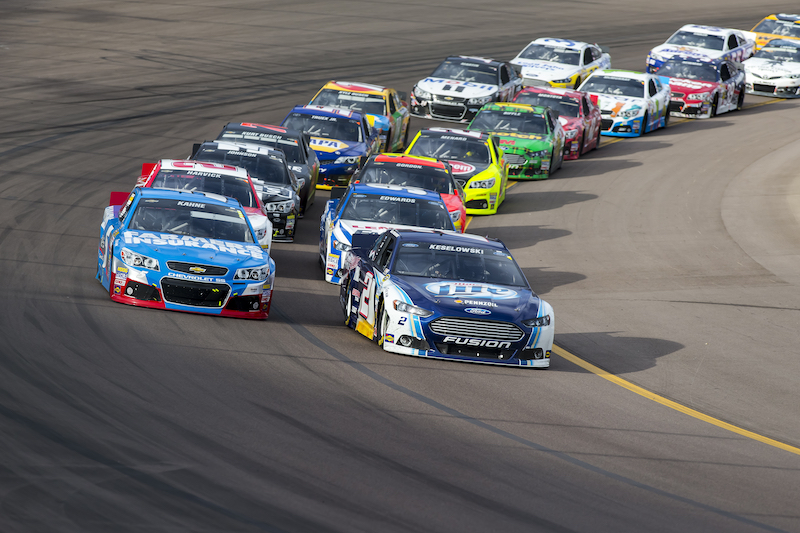Motorsports, with those powerful high-octane cars, breath-taking tight passes, and jaw-dropping pit stop speeds, keep both the drivers and the audience at the edge of their seats.
Motorsport photographers admit that though it could be a little dangerous, the adrenaline boost acquired is worth every peril that they get in every race.
As with any other sport, photographers need to enhance their speed and skill to take killer shots. Read further and learn some tips for taking gobsmacking images with your full-frame camera.
The number one lesson in photography is that natural light is your best friend. Motorsports photography almost requires the use of full-frame cameras set to low ISOs as they are the best in harboring natural light, resulting in extremely clear images.
Advantages of Full-frame Camera in Motorsport Photography
Several highly recommended cameras can handle the fast-paced action of Motorsports like the Canon EOS-1D X or EOS 7D Mark II or III and Nikon’s D5 or D850. These cameras boast of large sensors for better focus, perfect for shooting in darker environments.
However, larger sensors require more pixels, thus making full-frame cameras with higher ISOs rate low on digital noise. This has dramatically improved in the last couple of years and is expected to further get better in the future.
Photographers also have better control over the depth of field with the use of a full-frame camera.
Boosting the dynamic range and color depth, attaining the perfect tonal range in highlights and shadows, enhancing the details and color at both ends of the spectrum, and attaining a smoother blur for a melodramatic effect are all effortless tasks.
Tips on Motorsport Photography
Full-frame cameras give you the capacity to take multiple shots in a matter of seconds. Installing a telephoto lens that seems to go on forever and setting the focal length to 400-600mm allows you to get up close to the action at a safe distance.
Shooting a race is different from shooting other sporting events since you may be assigned to shoot from either the safety of the stands or at a more exciting but perilous spot somewhere around the race track.
If you set your camera’s initial shutter speed to a fast 1/800th and then gradually slow down to 1/200th or 1/100th, you get to capture which tire brand a particular car is using.
As with any other photo shoot, a photographer needs to map out his location. I suggest to properly plan every move and see where you can take excellent photos.
Find good vantage points to eliminate areas that have a lot of distractions and schedule your time to get to the different spots around the track efficiently. Remember that aside from a good photo, safety is always the priority. So move around and take pictures with the utmost care.
Motion Photography
To capture the pace and the details of a subject in motion, slower shutter speed is the key. To avoid unwanted shake, place your camera on a tripod, choose a center-weighted reading or set it to TV or S (shutter priority ), and set the shutter speed at 1/250.
Panning Technique
To get a blurred background which suggests a moving target, panning is a technique that is widely used by photographers. Focus on the area where a racer passes by and set your camera at a shutter speed of 1/200th of a second.
Press the shutter button and follow your subject smoothly while staying in focus. Investing on a telephoto zoom lens will allow you to take killer shots with less effort.
X-Ray Lens
Taking photos behind a fence sucks. That is why we slide our cameras in between the openings of a cage in Zoos just to get the perfect National Geographic-like animal photo.
The safety fence is meant to separate the race from the fans, but it doesn’t mean you have to go home with race track fence photos.
To get a clear and unobstructed photo of the action, just set your camera to the fastest aperture, get as close as you can to the fence, and shoot. Your lens will see around the barriers to give you a clear and unobstructed photo of the action, though this method reduces the depth of field.
Wide-Angle Lens
Mounting your camera on a monopod and switching to a 28mm, or lower, wide-angle lens will let you catch the suspense of seeing the cars line up at the starting point.
Decreasing the camera’s aperture to f/11-f/32 keeps the photo sharp which can make the emotions and reactions of the crowd float from the background.
Capture the Split-Second Moments
Zooming in allows you to get in on more details. Shots of the cars lined up before the race and the crew working cohesively during pit stops are some of the best photo opportunities in Motorsports.
Those exciting shots are taken best with a 600mm telephoto zoom lens as it allows you to get near enough to count the freckles on a driver’s chin.
Don’t Point Your Camera If the Light is Not Ideal
As mentioned earlier, natural light is a photographer’s best friend. But what about those night races? Don’t fret since you can still take pictures in low light conditions as well.
Just set your shutter speed at around 1/250, set the lens to its widest aperture with the mode dial at M (Manual), and you’re ready to go night safari-style.
However, low light decreases the shutter speed and increases the EV (Exposure Value), which increases the potential for blur. But if you are looking to intensify the speed of the object, this technique is perfect.
Just don’t forget to increase the ISO to get a sharper and well-exposed image if flash photography is prohibited.
Set Your Focus and Get Pin-Sharp Images
Keep in mind that your camera’s autofocus is not built to keep pace with these hyper-fast cars.
Manual focusing is advised in shooting sporting events, particularly car races, and all you really need is to find the perfect angles to capture pin-sharp images.
Just focus on your point of interest on the track, which is usually near the apex of the bend, and set it to lock.
Experiment with the Camera Angles
Motorsport racing is one of the fastest and exciting sports events around the globe. Thousands of photos are taken in each race, which is oftentimes repetitive. Don’t be afraid to experiment on a variety of angles that can perfectly capture the excitement and emotion of such a high-octane event.
Tilting the camera a few inches can make a vehicle look diagonal, thus taking elements of the race into a higher level will reflect how excited a photographer is about the event.
Conclusion
Every picture tells a story.
With the proper lens, angle, and lighting, the camera can capture Motorsport racing’s excitement. All you have to do is to patiently point, shoot, and capture the perfect moment.


